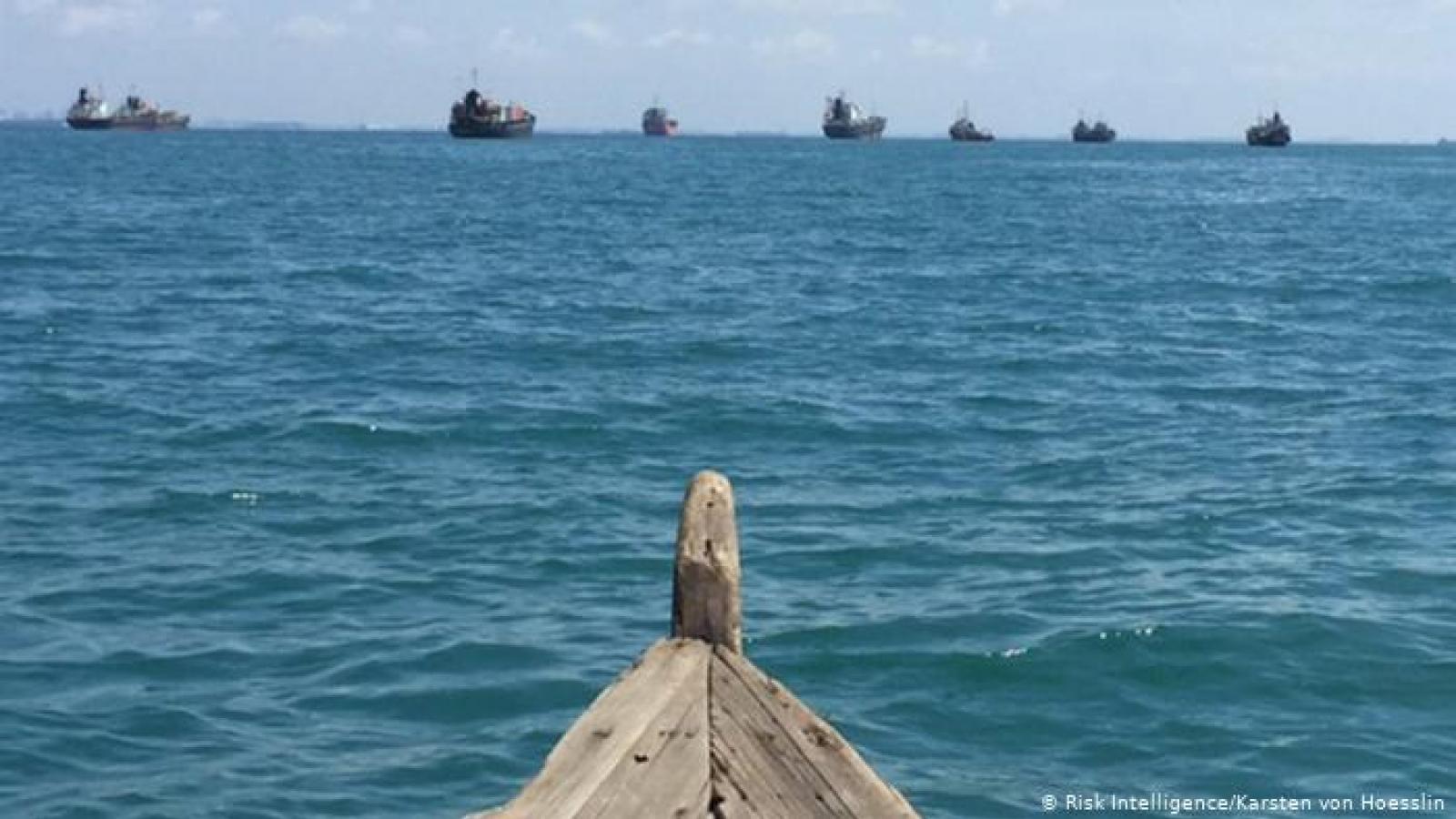
Southeast Asia – a pirates’ paradise
According to the International Maritime Bureau, the waters off the coasts of Malaysia, Indonesia and Singapore now contain the highest number of operating pirate networks in the world. This year alone, pirate attacks in Southeast Asia accounted for more than half of the world’s reported pirate attacks. In a recent interview with Germany’s international news broadcaster Deutsche Welle, Southeast Asia expert and Risk Intelligence senior analyst Karsten von Hoesslin sheds light on how Southeast Asia seemingly has become ‘a pirates’ paradise’.
To Deutsche Welle, von Hoesslin explains how it is a number of regional factors and conditions combined that has turned Southeast Asia into a hotspot for piracy. For one, the straits of Malacca, Singapore and in the South China Sea constitute some of the most trafficked and thus profitable maritime areas in the world. Further, a dense web of small and desolate islands in the region provides the perfect hideaway for pirates. And last, an underlying interstate distrust characterizing regional initiatives, coupled with weak and corrupt police units, have turned counter piracy efforts inefficient and mainly symbolic. Pirate networks have thus been allowed to proliferate and professionalize into ‘logistical masterpieces’, von Hoesslin explains: “Today, everything is pre-planned and is part of a larger criminal activity. It is very easy to counterfeit legal papers for the products such as palm oil, gas or petrol and to transport them.” The proliferating piracy in Southeast Asia spreads insecurity for seafarers in the region and is estimated to cost millions of dollars every year. That pirate networks continue to evolve into professional crime syndicates, while regional initiatives remain no more than ‘gesture politics’ is thus highly problematic, von Hoesslin warns.